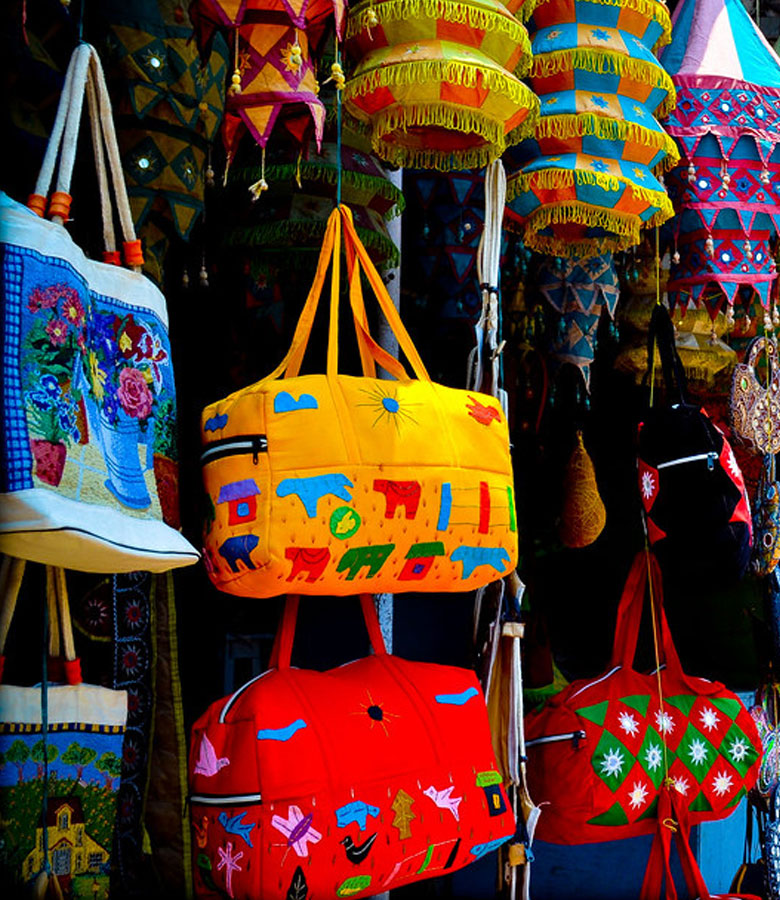Welcome to puri handicraft
Where Craft Meets Culture
Rooted in Culture, Made by Hand
The history of jute craft in Odisha traces back to ancient times when people extensively used natural fibers for household and decorative items. Jute, known for its durability and versatility, became integral to daily life. Artisans discovered innovative ways to weave and shape jute into baskets, mats, ropes, and other essentials. Over time, this craft evolved, incorporating complex designs and patterns influenced by Odisha’s cultural and artistic heritage.
Earlier, people primarily used jute for utilitarian purposes, such as making ropes and sacks, which were essential for agricultural and domestic use. However, as the craft evolved, artisans began incorporating decorative elements inspired by Odisha’s traditional art forms, like Pattachitra paintings and appliqué work. Today, jute craft has transformed into a flourishing industry, with artisans producing a variety of decorative, utility, and fashion products that appeal to local and global markets.
Creating a jute craft involves several complex steps, requiring skill and patience. The process begins with harvesting jute plants and soaking and stripping the fibers to obtain the raw material. The fibers are then cleaned, spun into threads, and dyed using natural or synthetic colors. Once artisans prepare the raw material, they employ weaving, knotting, and braiding techniques to shape the jute into beautiful products.
Some artisans use embroidery and embellishments, adding a unique aesthetic appeal to the final creation. They often create decorative pieces like wall hangings and figurines with complex designs while strengthening functional products like baskets and bags for durability. The entire process is labor-intensive and requires careful attention to detail and precision.
As the world moves towards sustainability, jute craft has emerged as a perfect example of an eco-friendly industry. Jute is an excellent substitute for synthetic products because it is a renewable and biodegradable resource. By promoting jute craft, Odisha contributes to environmental conservation while preserving its cultural heritage. Consumers increasingly opt for jute products, reducing plastic waste and supporting local artisans.
The government and various NGOs have also taken initiatives to promote jute craft by providing training, financial support, and marketing platforms for artisans. These efforts have helped create livelihood opportunities for rural communities while preserving an age-old craft tradition.
To keep up with modern trends, artisans in Odisha continuously innovate their jute craft techniques. Experimenting with new patterns, colour combinations, and fusions with other materials has given rise to modern jute products that appeal to global markets. Designers collaborate with traditional artisans to create fashionable jute handbags, footwear, and home accessories that seamlessly blend tradition with modernity. These innovations enhance the aesthetic value of jute craft and expand its reach to a broader audience.
Introducing eco-friendly dyes, advanced weaving techniques, and modern designs has further enhanced the appeal of jute products. Online platforms and e-commerce sites have also provided artisans a global marketplace, enabling them to showcase their creations to international buyers.
Odisha’s jute craft is more than just an art form; it is a legacy of sustainable living and skilled artistry. People can support local artisans and contribute to environmental conservation by accepting jute products. With continuous efforts to promote and innovate this craft, Odisha’s jute industry has the potential to thrive and gain global recognition. As the demand for sustainable products increases, jute craft will continue to play a vital role in promoting eco-friendly practices while preserving Odisha’s rich cultural heritage.

Your Handcrafted Journey Begins Here